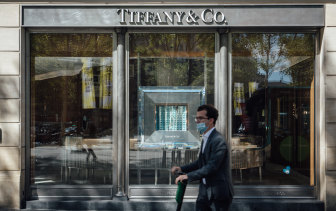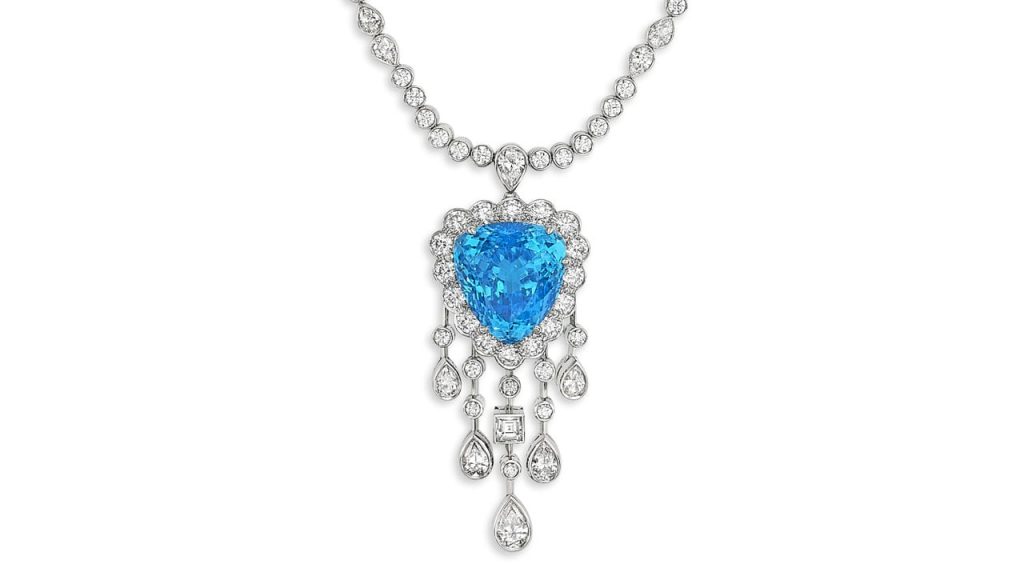
The largest deal in luxury is back on after New York’s famed jeweller Tiffany agreed to a slightly reduced offering price from LVMH in Paris.
LVMH will now pay $US131.50 for each Tiffany share, putting the total price tag at $US15.8 billion ($22.5 billion), down from the $16.2 billion that was first offered earlier this year.

The owner of Louis Vuitton, Christian Dior, Fendi along with a basket of wine and champagne brands, appeared to walk away from the acquisition last month after it said the French government had pushed for a delay because of the threat of proposed US tariffs. But the reasons for its cold feet seemed to shift, and there was pressure from investors on both sides to make a deal happen.
Rumours that the two luxury companies had rekindled talks began to surface in recent days.
“We are as convinced as ever of the formidable potential of the Tiffany brand and believe that LVMH is the right home for Tiffany,” LVMH’s billionaire CEO Bernard Arnault said in a prepared statement on Thursday.
Tiffany & Co’s flagship store in Sydney. The company has hired advisers to review LVMH’s offer but has not yet responded to it
Tiffany sues LVMH for reneging on $22b deal as France steps in
Tiffany, with its famed blue boxes, has in recent years attempted to regain the luster of the “Breakfast at Tiffany’s” era as its customer base ages.
It’s shifted its focus to younger shoppers and made a significant push online. The deep pockets of LVMH could go a long way in helping that transformation along.
LVMH, led by billionaire Arnault, a consumate dealmaker, believes Tiffany will strengthen its position in high-end jewellery and in the US market.
LVMH is also making a bet on China’s economy, where Tiffany has been expanding.
The buyout has been approved by the boards of both companies, and it’s expected to close early next year.
Source: SMH




